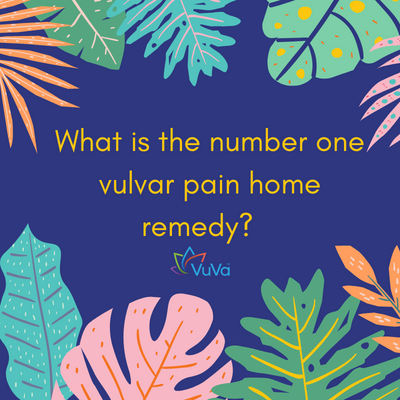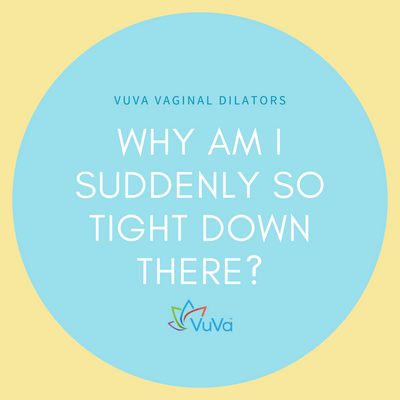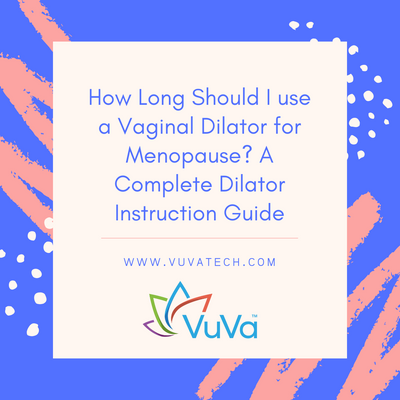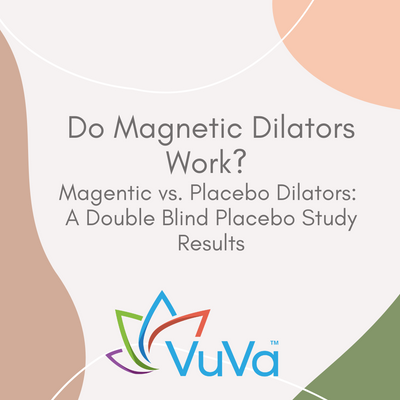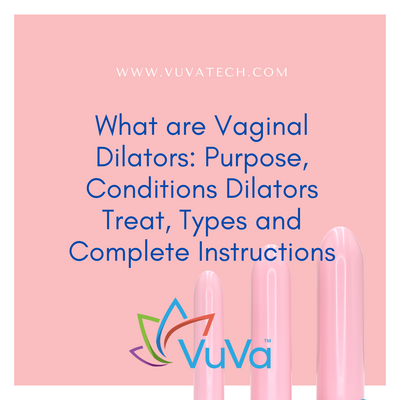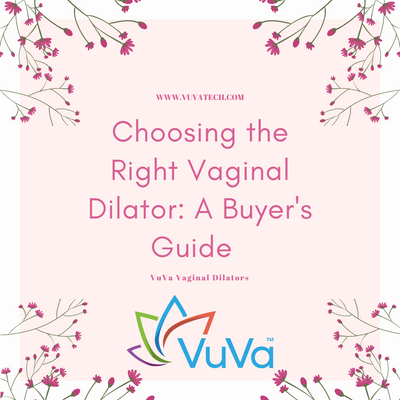
| Caroline Knight
What is Provoked Vestibulodynia and Could You Have it?
You may by now have heard of dyspareunia, which is the name for painful sex. On our website we post a lot of information and advice about this troublesome condition. Yet there is another related term that you may not yet have come across, which is ‘provoked vestibulodynia’.
This condition is one of the major reasons for painful intercourse, but that’s not all there is to it. So, what exactly is provoked vestibulodynia? In this article we’ll explore the details, from the symptoms to the causes and how it can be treated.
What is Provoked Vestibulodynia?
Provoked vestibulodynia (PVD) is defined as ‘provoked vestibular pain’ that lasts for a minimum of three months, but without an obvious cause. It may help to know what the term ‘vestibule’ means: this is the part of the vulva where the openings can be found (the urethra, vagina, hymenal tags), as well as the inner areas and surfaces from the labia minora to the Hart’s line (the edge of the vulval vestibule).
Provoked vestibulodynia is classed as a chronic pain condition, which may also have associated factors, some of which could be related to a patient’s personal history. What is most frustrating about this problem is that it presents with no visible signs – pain is the only obvious sign that something is wrong.
This pain is referred to as allodynia – the pain experienced from normal stimuli (such as touch or pressure), relating to the outer edge of the vestibule. What’s more, the location of the pain can be difficult to pinpoint, and is sometimes present even inside the birth canal.
What are the symptoms of provoked vestibulodynia (PVD)?
Painful intercourse or penetration (dyspareunia) is the main symptom of provoked vestibulodynia, and is most often caused by it. There are actually two types of PVD: the first has always been present in the patient, and the second is acquired.
In the former case, the patient will always have experienced painful sex or penetration of any kind. In the latter case, she may have been through extensive periods of time where sex or touch was not painful.
The other main symptoms of PVD are:
- Burning, cutting or stinging pain at the vaginal opening
- Increased pain during examination or intercourse
- Pain upon contact with seminal fluid
- Burning feelings after sex has finished, sometimes lasting hours or days
- Post-coital dysuria (difficulty in urinating), sometimes lasting hours or days
- Pain inserting tampons or speculums
What causes Provoked Vestibulodynia?
Stress is considered to be a contributor, since it is known to lower pain thresholds. There is evidence that provoked vestibulodynia is associated with central sensitization of the pain circuits within the brain and spinal cord.
PVD patients generally have low pain thresholds, and often present with other chronic pain conditions, so there may be a comorbidity factor there. Unfortunately, since the condition is so difficult to live with, stress is increased by it and consequently (in a vicious cycle) so is the pain.
There may also be genetic factors, psychosocial factors (such as anxiety or PTSD), sleep deprivation, hormonal factors, and pelvic floor muscle over-activity, according to this PVD study.
How can you treat Provoked Vestibulodynia?
Interestingly, psycho-education, cognitive behavioral therapy, as well as mindfulness practices and therapy have yielded positive results in some women with PVD. This probably indicates that stress reduction helps, or that some factors of the condition may be psychosomatic.
Since some patients in medical trials have responded well to placebos, this seems to further confirm this. The belief that a woman can influence her own pain levels has also yielded good results.
In some cases, physiotherapy helps, as does pelvic floor physical therapy. Avoiding irritants, harsh chemicals, and improving moisture levels can also help. In particularly troublesome cases, medication such as Lidocaine may be prescribed, although this is merely a sticking plaster.
In other cases, vaginal dilators are used in the treatment of provoked vestibulodynia, particularly when pelvic floor muscle over-activity is behind it. It is best to consult your healthcare providers for a proper diagnosis before embarking on any course of treatment; it may also be the case that a combination of approaches works best.
Here are Instructions on How to Use Vaginal Dilators


